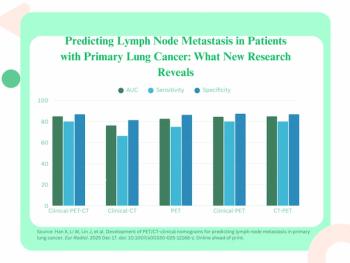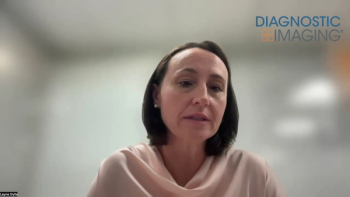
CT for Patients with Penetrating Vascular Trauma
Computed tomography angiography helps physicians determine if patients with penetrating vascular trauma require surgery.
Computed tomography angiography (CTA) is an accurate tool for surgical triage in patients with sustained penetrating vascular trauma, according to a study published in
Researchers from Boston University Medical Center in Massachusetts performed a retrospective study to assess the performance of CTA used to evaluate penetrating vascular trauma to the extremities.
They reviewed consecutive CTAs for the evaluation of penetrating trauma to the extremities in 396 men and 50 women with a mean age of 27. The medical records were reviewed to correlate diagnostic imaging findings with clinical history and subsequent interventions. Image quality was quantified by measurement of CT attenuation coefficients in the major arteries of the extremities.
The results showed that 131 (29.4%) of the 446 patients had sustained major vascular injury as detected by CTA. Thirty-five (26.7%) of these patients underwent subsequent surgical repair. None of the patients without vascular injury on CTA underwent subsequent vascular intervention.
Fisher’s exact test demonstrated a statistically significant difference in management and requirement for vascular repair in those patients with a vascular injury on CTA when compared to those without a vascular injury.
The researchers concluded that extremity CTA was an accurate tool for surgical triage in patients having sustained penetrating vascular trauma.
Newsletter
Stay at the forefront of radiology with the Diagnostic Imaging newsletter, delivering the latest news, clinical insights, and imaging advancements for today’s radiologists.



























